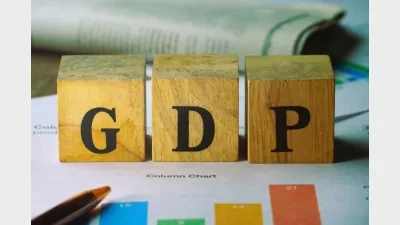Global wealth on the rise



Average global household wealth jumped by 8.3 per cent to US$263 trillion ($301.97 trillion) from mid-2013 to mid-2014, the Credit Suisse Research Institute Global Wealth Report found.
This was largely driven by wealth growth in the United States and Europe.
The US has seen a significant rise in wealth since mid-2013, growing by US$8.9 trillion.
"It will remain the undisputed leader in terms of aggregate wealth, with total net worth of more than US$114 trillion by 2019.
In Europe, solid recovery in asset prices saw wealth jump by more than 10 per cent.
Australia came first when it came to median wealth per adult, standing at US$225,000 ($258,339), with Belgium ranking second at US$173,000 ($198,634).
Switzerland nudged ahead of Australia and ranked highest when it came to highest average wealth per adult at US$581,000 ($667,088), with Australia at US$431,000 ($494,862).
The report also predicts emerging markets will increase their share of global wealth to 21 per cent by 2019, with China alone set to make up 10 per cent. It stands at 8 per cent at present.
But at the same time, wealth inequality has risen in emerging markets like India and China since 2008, coinciding with the financial crisis, as most countries were showing a flat or slowing trend of inequality before 2007.
The report looked at the wealth holdings of 4.7 billion adults of all income ranges across more than 200 countries
Recommended for you
Superannuation industry bodies have warned the prudential regulator that some of the more rigid proposals in its Governa...
IFM has firmly opposed any push for publicly disclosing current valuations of private market assets, saying it would “damage the financial interests of investors” and reduce appetite for infrastructure and private business investment.
Subdued GDP figures have bolstered expectations that the RBA could cut rates sooner and, possibly more aggressively, market watchers say.
Australian institutional investors plan to keep their finger on the pulse of private markets, new data has shown, with local investors aiming to further expand allocations into the sector.









